Annapurna National Park

Top 15 Best National Parks in Nepal, The Annapurna National Park was established in 1992. It is Nepal’s largest national park, covering an area of 7629 square miles [7629 sq km].
The protected area includes the Annapurna Himalayan range and the world’s deepest river valley, Kali Gandaki.
To the north, it is surrounded by the arid deserts of Mustang and Tibet (China), west of the Kali Gandaki River, east of the Marsyandi Valley, and south of the valleys and mountains of the northern Pokhara valley.
Chitwan National Park
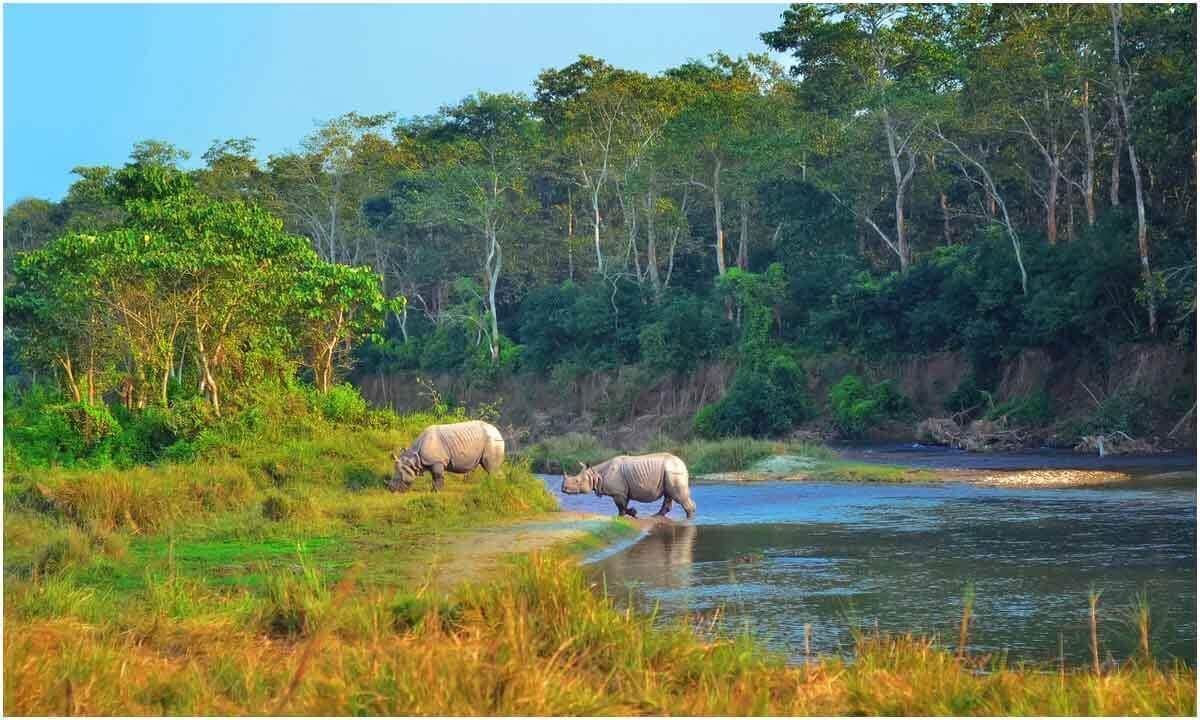
The strongest area of the park is almost as attractive as wildlife viewing options. The majestic mountains provide grounds for the vast savannah plains, the lush tropical forest, and the rivers and lakes that flow freely into this vast park.
The few remaining one-horned rhinos in the world roam freely here, while Bengal tigers, crocodiles, bears, and leopards may be seen from time to time.
Species of birds, as well as rare plants and animals, thrive here. The number of animals is increasing as a result of activist organizations and government programs to combat poaching and conservation over the past three decades.
For wildlife viewing, the park is usually ranked second behind the Serengeti. It does not embarrass you at all.
Bardiya National Park
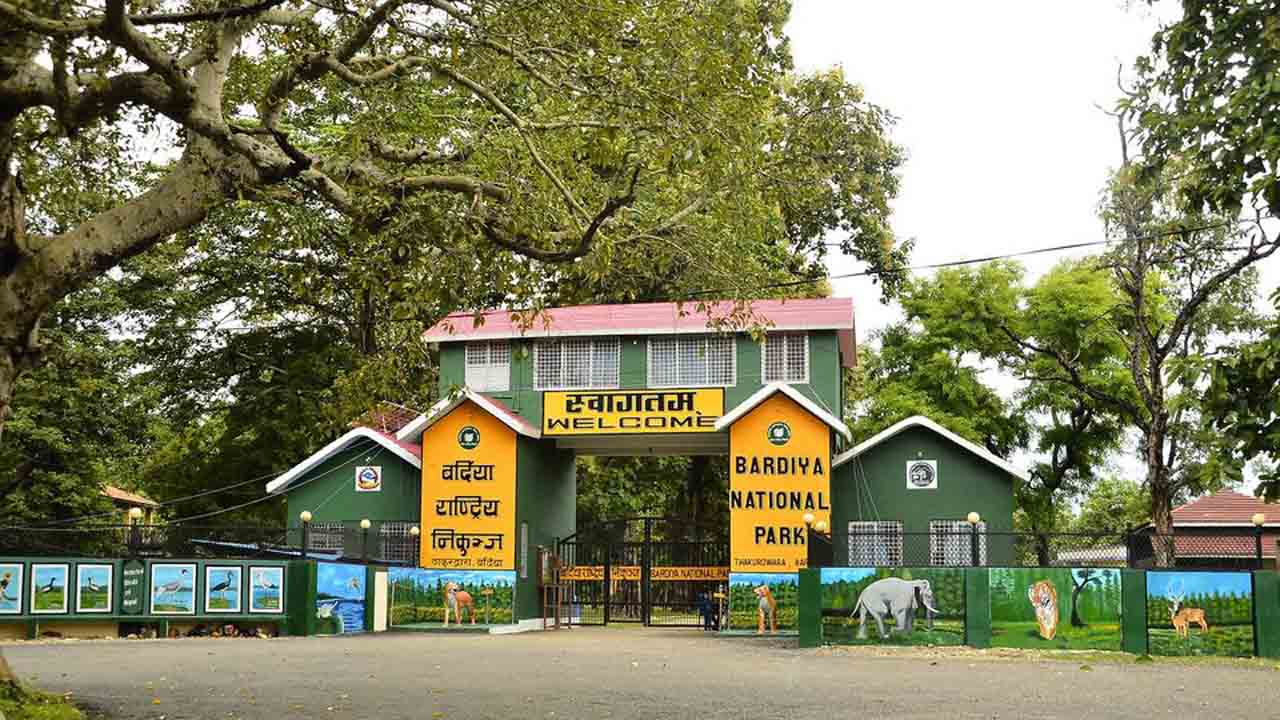
This flexible park is one of the few Nepal tours to visit. It is largely covered with dense jungle, meadows, and forests along the river.
There are several rivers running through the park, adorned with beautiful displays of waterlilies and lotus flowers.
It is home to one-horned rhinoceros, elephants, tigers, deer, and an unknown giant dolphin. More than 400 species of birds fly freely throughout the park, and visitors are often greeted by colorful peacocks.
Despite the fact that much of this beautiful land is uninhabited, it is still home to the indigenous people of Nepal, the Tharu tribe.
Sagarmatha National Park
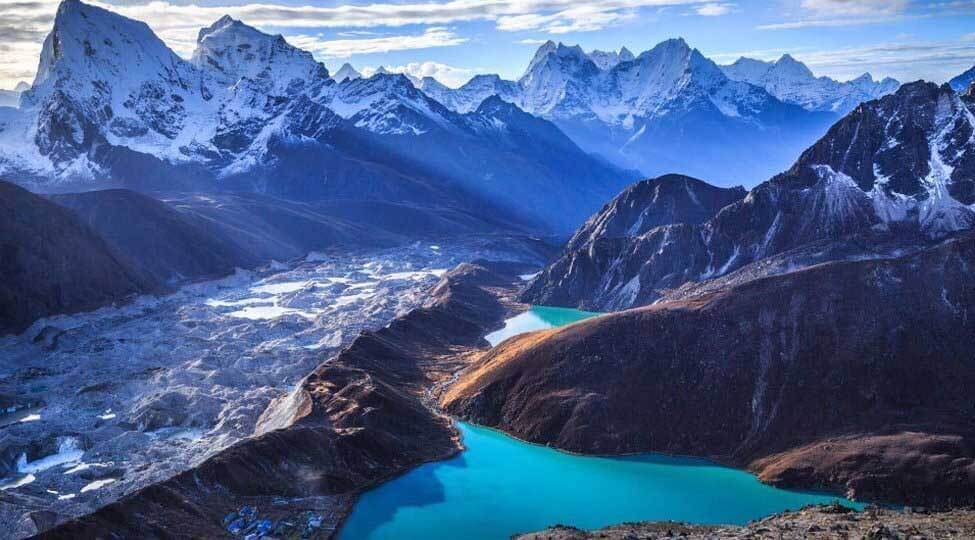
Sagarmatha is no exception. Mount Everest, the world’s most famous peak, is located in this protected area. Along with this massive tree, the rocky Himalayan Horn is home to a variety of famous creatures, including the snow leopard, the lynx, the bear, the rabbit, and the Himalayan Thar.
The park’s surroundings are free of highways, which contributes to its diversity and pure beauty. It is well-known for its spiritual significance. Many Sherpas live here, and some come to visit the park’s scenic spots.
Mount Everest is very important to the people. They named it Chomolungma, meaning “Goddess of the Universe,” and believed that spirits lived in it. Whatever your motive for visiting this park, this outstanding park is truly beautiful.
Langtang National Park
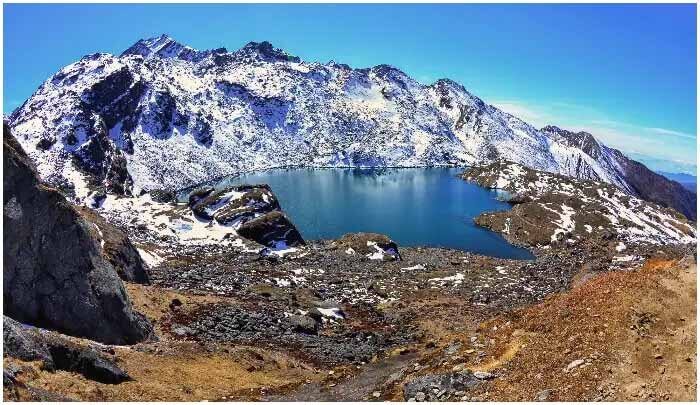
Langtang, in the Himalayan foothills, is a magnificent spectacle. It has a wide variety of wildlife, cultural heritage, and climatic zones. Many people come to see the starry night sky, which is reflected every night.
Because of its high altitude, it has rugged mountains and pristine lakes. Unfortunately, a large avalanche took down the town of Langtang in 2015, and more than 100 victims were never found.
Several spiritual sites are scattered throughout the park. Apart from Yeti, the guaranteed animal life includes black bears, monkeys, and red pandas.
Makalu Barun National Park

This magnificent and secluded park is a national treasure. The rugged sky, which includes some of the world’s largest mountains, is a delight for visitors.
The park’s name, Mount Makalu (8,463 meters or 27,838 feet), is the fifth highest peak in the world, with its few peaks reaching more than 7,000 feet above sea level.
Makalu Barun National Park is the only protected area in the world with a height of 8,000 meters above sea level, as well as biodiversity.
An amazing variety of plants and wildlife can be found here, including more than 40 species of orchids and other exotic plants.
Khaptad National Park
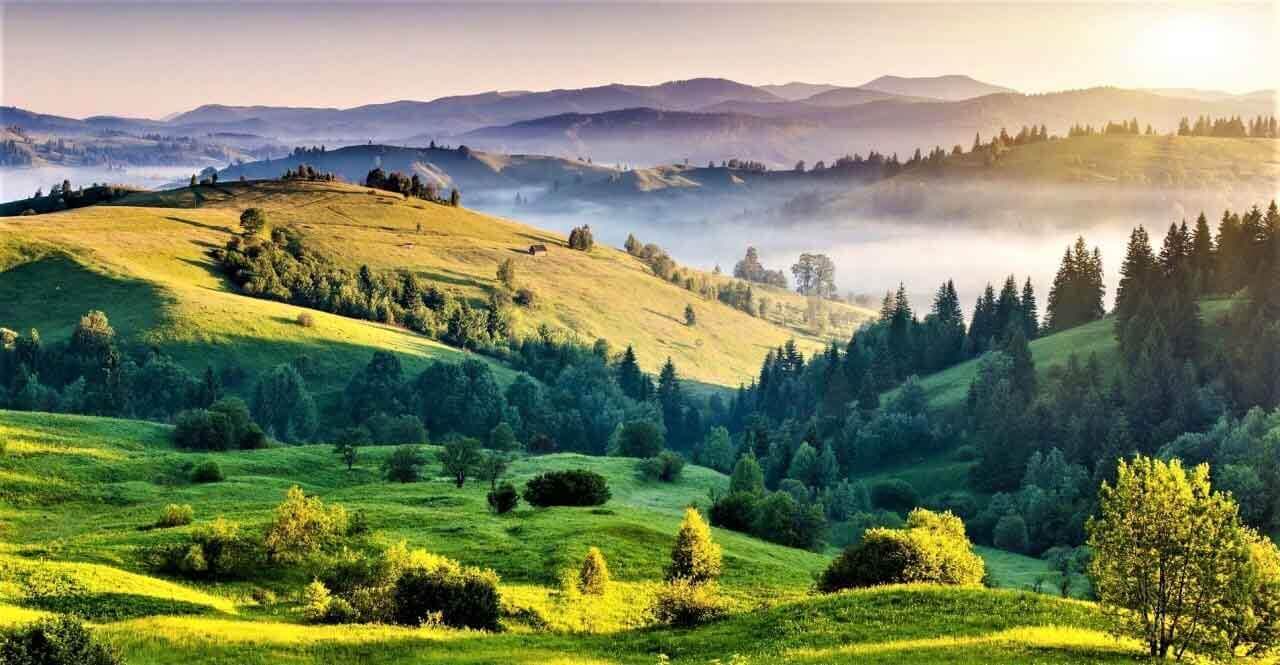
Khaptad is a good example of the amazing Far-West of Nepal. It stimulates the senses while also nourishing the body and mind.
The park was named after Khaptad Baba, who moved to the region in the 1940s to settle. His ashram attracts hundreds of pilgrims each year and captures great spiritual significance.
Everyone is welcome to attend, however, it is strictly forbidden to drink alcohol, smoke, or kill animals.
Other spiritual sites within the boundaries of the park include Saileswari, a historic Hindu temple, and Ramaroshan, associated with the writings of Goddess Parvati. Both Badimalika and Surma Sarovar are linked to ancient sites and important Hindu texts.
Rara National Park
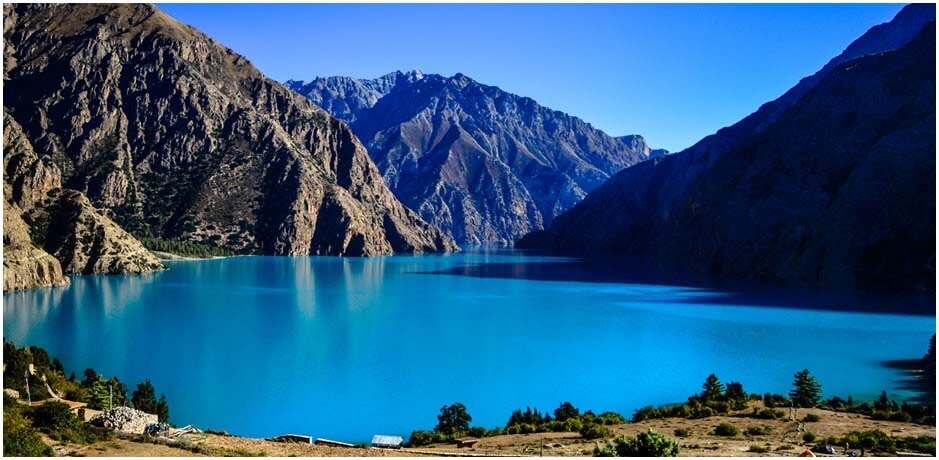
Rara National Park is a protected area in the Himalayas and is one of the most popular hiking trails in Nepal. It has a size of 106 square miles and a height of 2800 to 4039 meters.
The park was built in 1976, and a 198-square-kilometer buffer site was established in 2006. It is the smallest national park in Nepal, yet it is an important place for wildlife protection.
The park’s most spectacular spot is Rara Lake, at an altitude of 9,000 feet [2900 m]. With an area of 10.8 square kilometers and a depth of 167 meters, it is the largest lake in Nepal. In 2007, the lake was designated a Ramsar site.
Rara Lake gets its water from peaks that include Chuchemara (4,039 m), Ruma Kand (3,731 m), and Malika Kand (3,444 m). It flows into the Karnali River and the Nijar Khola.
Shey Phoksundo National Park
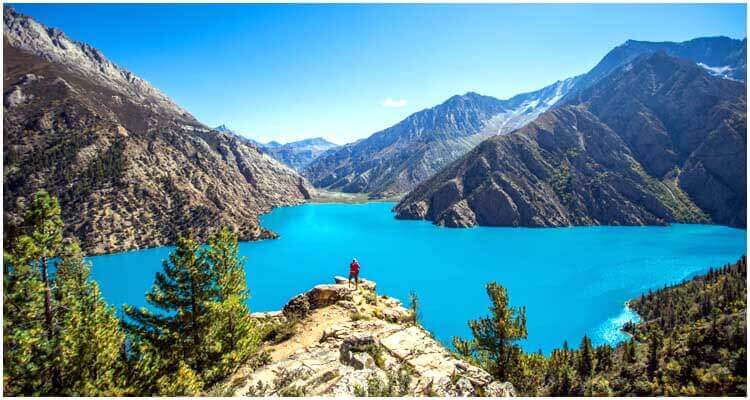
The magnificent Shey Phoksundo National Park is the largest national park in the country. It is home to the amazing Poxondo lake. This blue lake is deep in Nepal and is located at an altitude of about 10,000 feet [3,000 m].
Green sheep, snow leopards, Tibetan yaks, musk deer, and other magnificent animals can be seen near the lake. The park, like many other national parks in Nepal, is famous for its mountain climbing, but it is famous for its views of Lake Poxondo.
Within the boundaries of the park, about 9,000 people live in communities, most of which adopt Bon Buddhism, an ancient religion closely related to Buddhism and Animism.
As a result, various religious sites are being spread across the park. Lucky visitors may get a glimpse of the world’s largest butterfly.
Shuklaphanta National Park
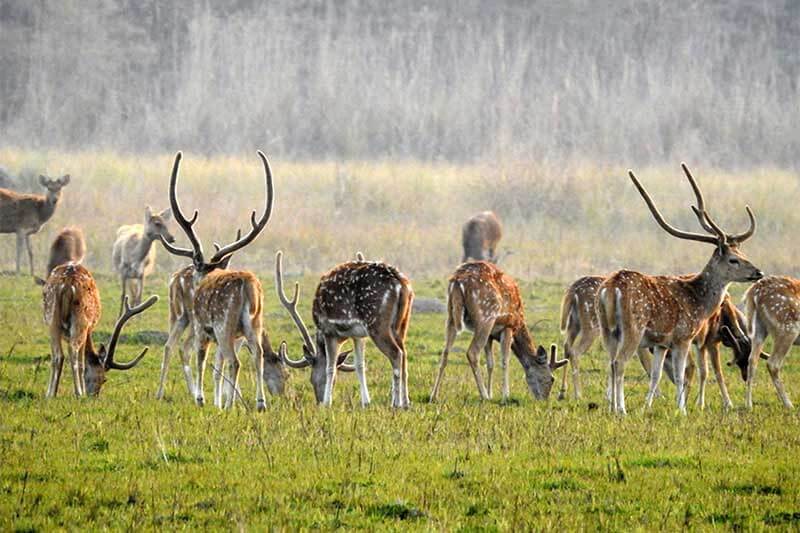
Shuklaphanta was the hunting ground of Nepal’s ruling elite before becoming a wildlife reserve in the 1990s. On World Wildlife Day 2017, it was promoted to a national park.
Wetlands, along with large herds of elephants, are a major attraction in the park. Lucky visitors may also see tigers and rhinos.
According to a tiger census conducted last year, the park is home to about 17 tigers. This biodiversity is supported by grasslands, forests, rivers, and tropical wetlands, which are home to amazing flora and fauna.
Banke National Park
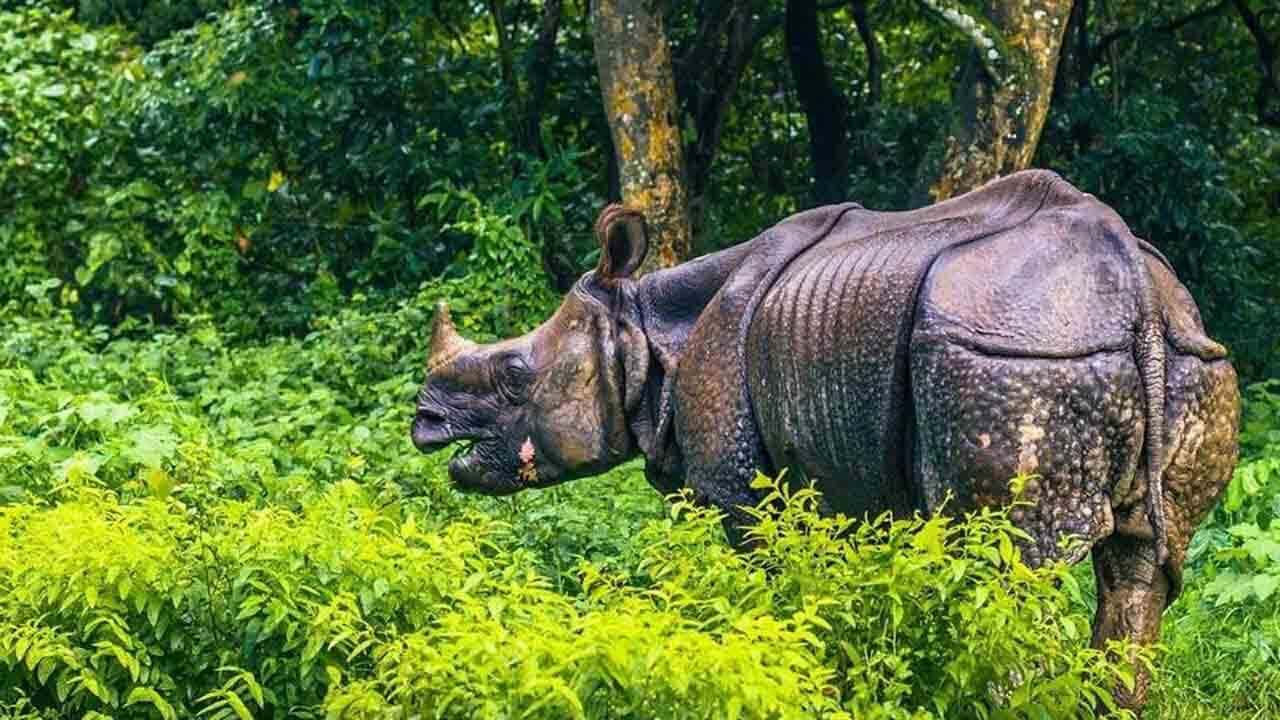
This beautiful little park has been added to the national park to protect endangered wildlife. The number of tigers within their borders has more than doubled as a result of their conservation efforts.
The Asian elephant and the four-horned deer, as well as more than 300 species of birds and reptiles and countless fish, roam freely. Local people have long referred to the site where Banke National Park was built as a “gift of land,” and many of them still live a traditional life there.
Shivapuri Nagarjun National Park
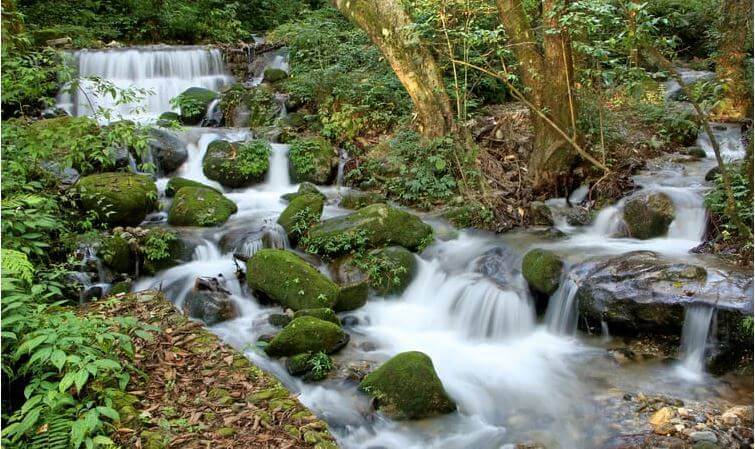
The park is close enough to Katmandu to become a popular hideout for locals and tourists looking to escape the hustle and bustle of the city. This park is amazingly amazing. Visitors can really interact with nature here.
There are a number of well-established hiking trails that run along the springs of fresh water, green hills, mountain vistas, and lush greenwood. The name of the park is related to the scriptures and King Shiva.
The locals appreciate the variety of medicinal plants that thrive here. Other plants include more than 100 species of mushrooms, more than 2,000 species of flowers, and 16 parasitic plants. Leopards, monkeys, and black bears are among the animals that live here.
Parsa Wildlife Reserve
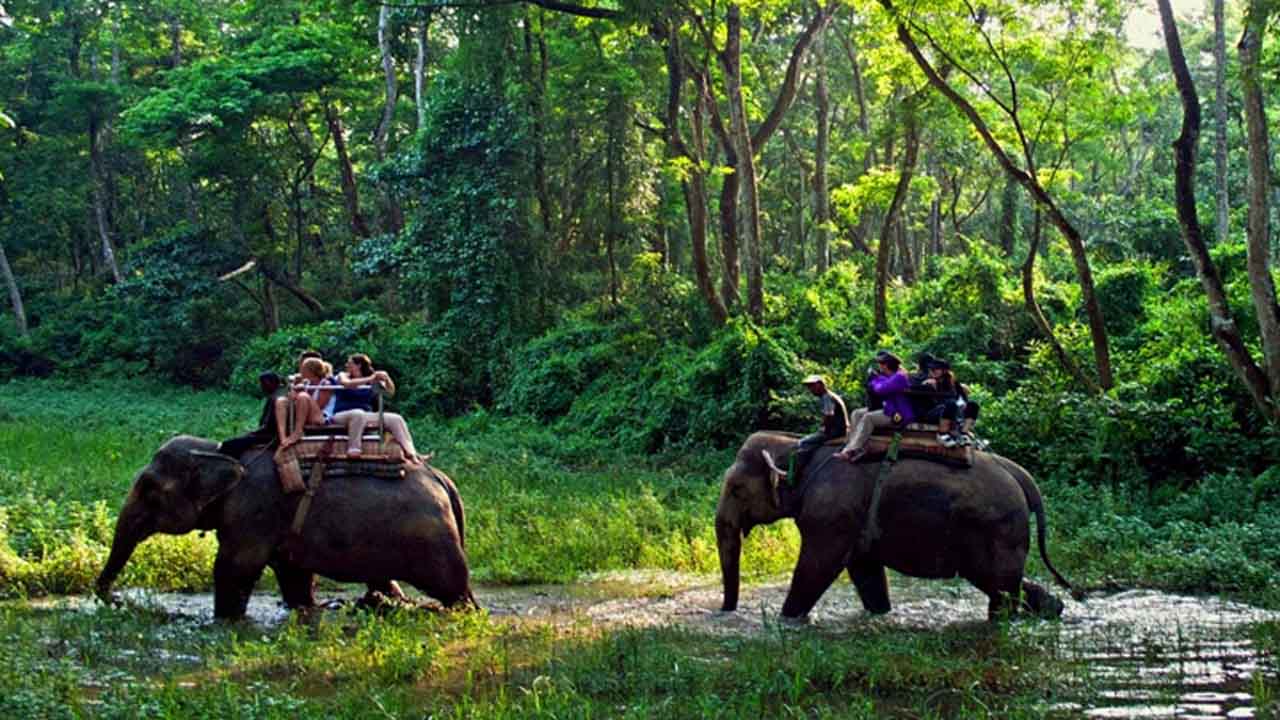
Parsa National Park, Nepal’s 12th National Park, is located in the 2nd and 3rd provinces of Parsa, Bara, and Makwanpur provinces.
It is connected to the Chitwan National Park (West Heritage Site) to the west and the Valmiki Tiger Reserve of India to the southwest.
It was first built as the Parsa Wildlife Reserve in 1984 (2041 B.S.) with an area of 499km2 for the purpose of conserving the Asian Wild Elephant (Elephas maximus) and their ancient Char-Koshe-Jhadi settlement, extending over the Terai from east to. west of Nepal.
Koshi Tappu Wildlife Reserve
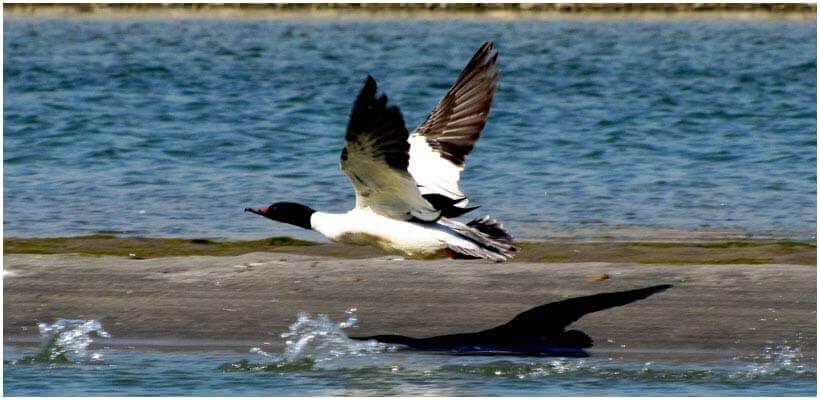
The Koshi Tappu wetland is the largest in Nepal and was designated a wildlife sanctuary in 1978 to preserve the country’s last wild buffalo herd. It is also home to some of the world’s most important winter and migratory waterfowl.
There are about 38 species of endangered mammals, birds, and reptiles worldwide. Among them is the Bengal florican, one of the endangered birds, living in the ICFC-funded project area.
Other notable species are the red-crowned tortoise, the Asian elephant, the Ganges river dolphin, the mugger crocodile, the francolin swamp, the slender-billed monkey, and the wild buffalo.
FAQ’s Best National Parks in Nepal
How many National Park are in Nepal?
Nepal has established a very good network of Protected Areas system with 12 National Parks, 1 Wildlife Reserve, 1 Hunting Reserve, 6 Conservation Areas, and 13 Buffer Zones extending from lowland Terai to high mountains, covering 23.39 % of the total country’s land.
What are the name of 12 National Park of Nepal?
Annapurna National Park, Chitwan National Park, Bardiya National Park, Sagarmatha National Park, Langtang National Park, Makalu Barun National Park, Khaptad National Park, Rara National Park, Shey Phoksundo National Park, Shuklaphanta National Park, Banke National Park, Shivapuri Nagarjun National Park
Which is the latest declared National Park in Nepal?
Banke National Park, dubbed “a Gift to the Earth” by locals for its rich biodiversity and vital ecosystems, was established in 2010, making it Nepal’s youngest National Park.
Which is smallest National Park Nepal?
Rara National Park is located in Nepal’s high highlands to the northwest. The park was established in 1976 to preserve Lake Rara’s distinctive beauty and to safeguard the region’s typical flora and animals. The park is Nepal’s smallest protected area, covering only 106 square kilometers.

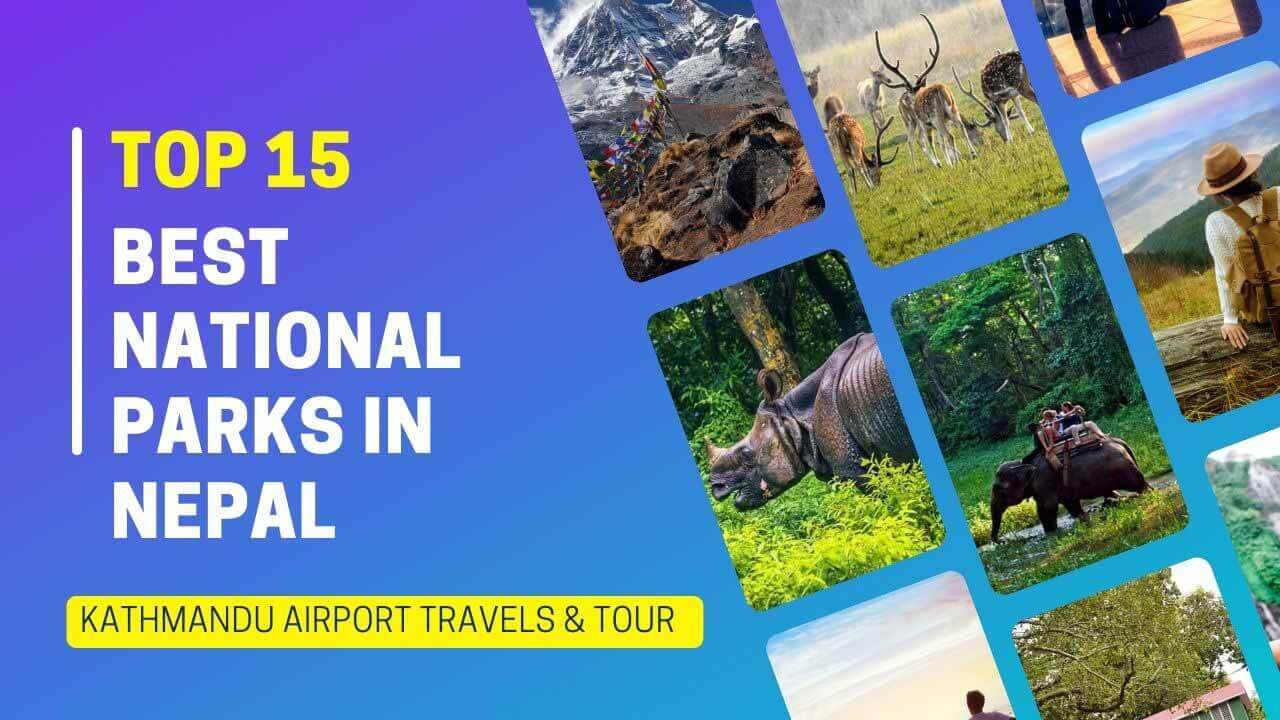


1 Comment
[…] Top 15 Best National Parks in Nepal […]